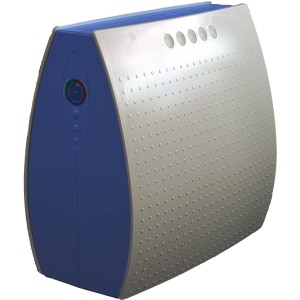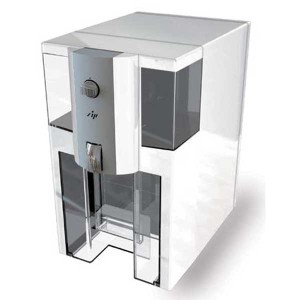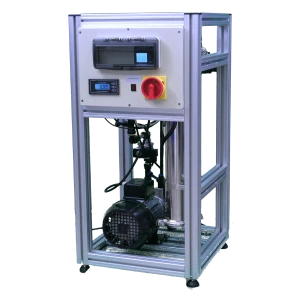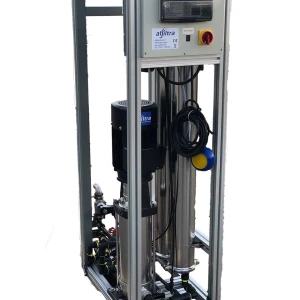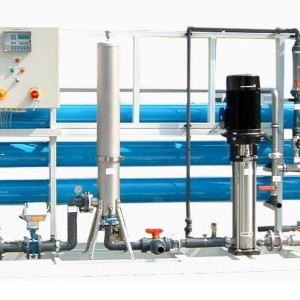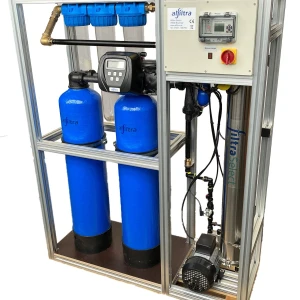Microfiltration, ultrafiltration, nanofiltration and reverse osmosis
Jan 31, 2024, 14:50:07
Table of Contents
- What makes these types of filtration different?
- What do these procedures have in common?
- What are the areas of application of the respective filtrations?
What makes these types of filtration different?
The main difference lies in the pore size of the membrane:
Microfiltration > 0.1 µm
Ultrafiltration from 0.1 - 0.01 µm
Nanofiltration from 0.01 - 0.001 µm
Reverse osmosis of < 0.001 µm
Different membrane structures and filter materials are also used.
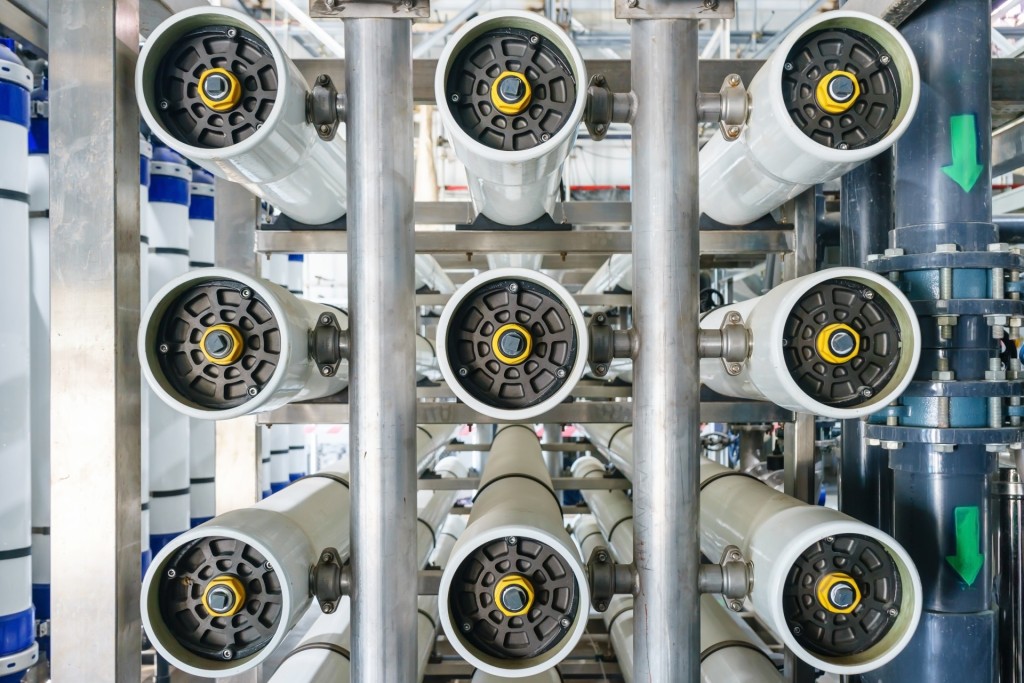
What do these procedures have in common?
They are both membrane separation processes that are purely physical (mechanical). The pressure (differential pressure) between the inlet and outlet of the filter surface is used. All particles in the liquid that are larger than the membrane pores are retained by the membrane.
What are the areas of application of the respective filtrations?
Microfiltration is used for pre-filtration or for filtration of beverages and oil.
Ultrafiltration, among other things, in municipal drinking water treatment. The big advantage here is the freedom from germs.
Nanofiltration is used, for example, to purify acids and alkalis or to desalinate solutions.
Reverse osmosis, for example, for water treatment, seawater desalination and wastewater treatment.
You may also be interested in
für den PrivatgebrauchReverse osmosis systems for industry and commerce
Plug & Play complete systems with softening
Zubehör für Osmoseanlagen
Water treatment







